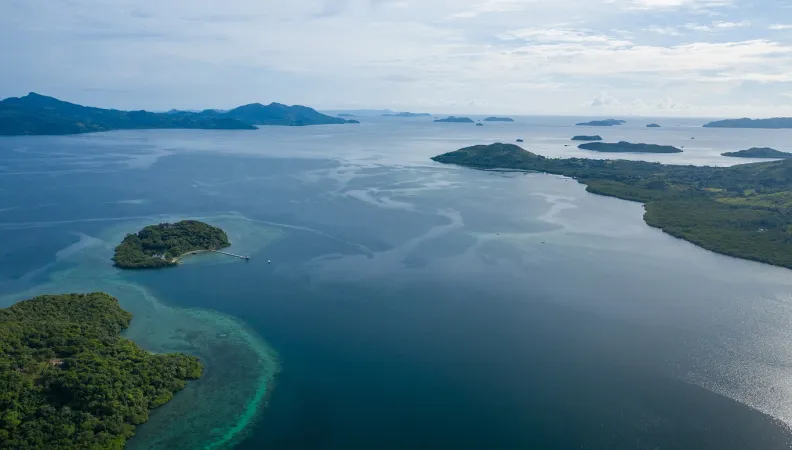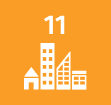Share the page
Protect and restore marine biodiversity, while supporting food security for coastal communities in the Philippines
Project
Published on


-
Project start date
-
Status
In progress
-
Estimated date of project termination
-
-
Project financing date
-
-
Financing duration
-
3,5 years
-
Type of program
-
FFEM
-
Global financing amount
-
2 585 000 €
-
FFEM financing amount
-
1 292 500 €
-
Project lead member institution(s)
-
French Ministry for Ecological and Inclusive Transition
-
Type of financing
-
Grant
-
Partners
-
the French Coastal Protection Agency
-
Beneficiaries
-
Sulubaaï Environmental Foundation INC
-
Type of beneficiary
-
NGO, Foundation



Faced with the alarming decline of marine biodiversity and the scarcity of fishery resources, the project led by the French Ministry for Ecological Transition and implemented by the Sulubaaï Environmental Foundation in the Philippines, proposes an integrated response. Based on the creation of a network of community marine protected areas, the restoration of degraded ecosystems and the development of sustainable economic activities, this project aims to sustainably protect marine ecosystems and secure the livelihoods of local populations.
Context
Located in Taytay, northeast of Palawan Island, in the heart of the Coral Triangle—the most biodiverse reef area in the world—, this territory faces increasing environmental threats: deforestation through slash and burn cultivation, illegal fishing (to cyanide, to explosive, to compressor), and overexploitation of marine resources. Result: a dramatic drop in reef biodiversity and growing food insecurity for fishing communities, aggravated by the export of fish resources from villages.
Description
The project is structured around three major components, complementary and interdependent:
Component A – Governance and management of marine ecosystems
• Creation and extension of a network of connected marine protected areas (MPAs) with high levels of protection, managed locally and in a participatory manner.
• Implementation of ecological restoration actions (e.g.: artificial reefs, reseeding).
• Development of a national model for MPA management, replicable throughout the Philippines.
Component B – Socio-economic resilience of local communities
• Support for fishermen (structuring, skill building).
• Development of sustainable community-based aquaculture (notably through the rearing of post-larvae in the existing fishlab).
• Implementation of new income-generating activities (AAGR), integrating social justice, poverty reduction and food resilience.
Component C – Research, education and knowledge dissemination
• Scientific monitoring and evaluation of MPA management.
• Valorization of the results through communication, education and awareness actions (especially among youth and local institutions).
• Local capacity building and knowledge transfer for model replication.
Outcomes
• A network of operational, ecologically connected and locally governed community MPAs serving as a pilot model for the entire island of Palawan and the country.
• A significant reduction in fishing pressure, accompanied by an improvement in the food security of communities.
• Sustainable alternative economic activities promoting income diversification and poverty reduction.
• Local ownership of management tools, making communities autonomous in the preservation of their natural heritage, without external dependence.
Innovative and exemplary features
Since 2012, Sulubaaï has demonstrated the effectiveness of its innovative approach combining science, local co-construction and field action. His work has been praised nationally and internationally for its exemplary character, both in terms of biodiversity conservation, community mobilization and applied research.
This project capitalizes on these achievements to build an integrated, robust, sustainable and reproducible model, combining:
• Proven ecological restoration tools
• Inclusive and innovative local governance
• A strong link between scientific research and operational management
It fully illustrates the ambitions of the FFEM in terms of preserving biodiversity, adapting territories to climate challenges, and promoting sustainable development models at the service of populations.
This project is a continuation of a first intervention by FFEM in favor of the Sulubaaï Environmental Foundation. It aims to consolidate the achievements and move to a larger scale the approaches, tools and methodologies tested in this first project. The design of this new phase builds on the findings and recommendations of the final independent evaluation conducted on the previous phase.
Sustainable Development Goals
ODD11 Sustainable cities and communities

ODD14 Life below water

ODD13 Climate action




